Egyptian Mythology
-
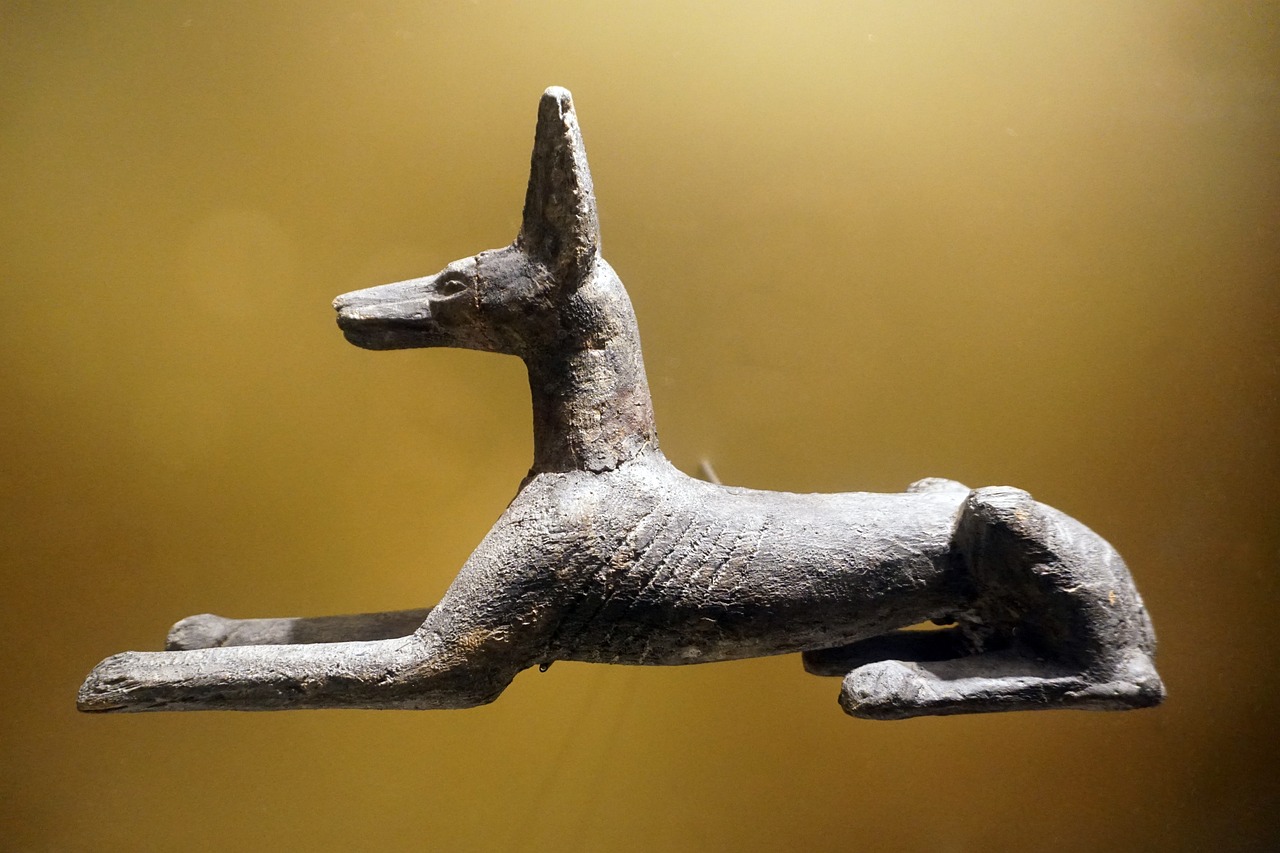
The Fascinating Tale of Anubis: Ancient Egypt’s God of Death and the Afterlife With a jackal’s head and a human body, Anubis served as the ancient Egyptian deity overseeing death and mummification, guiding rulers in their journey beyond this life. The portrayal of Anubis — whether as a black jackal or a robust man with…
-
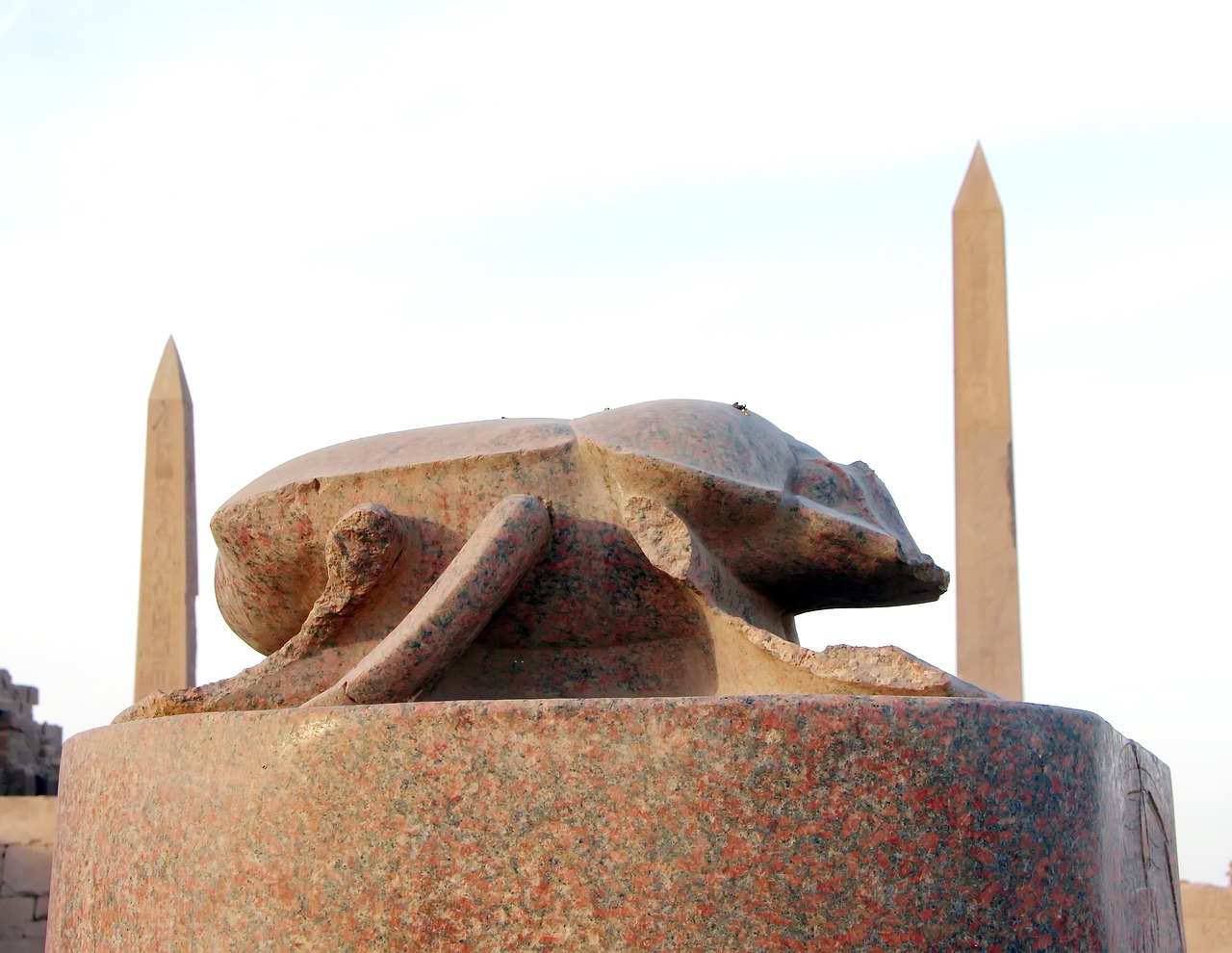
Khepri, also known by various names such as Kheper, Khepera, and Chepri, is among the most celebrated deities in Egyptian mythology, closely linked with the scarab or dung beetle (Scarabaeus sacer). Ancient Egyptians observed this beetle rolling dung into a sphere and transporting it to its burrow, drawing parallels between this act and the sun’s…
-
From the dawn of Egypt’s First Dynasty, which dates back to approximately 3200 BCE, the great goddess Mafdet held a revered position in the pantheon. Known as “the runner,” she personified swift justice and was especially significant as the “Avenger of the King.” It was commonly believed that Mafdet would extract the hearts of wrongdoers…
-

Aker: The Egyptian Guardian of the Horizon Aker serves as a prominent figure in ancient Egyptian mythology, known for his role as the guardian of the horizon and overseer of the afterlife. This fascinating deity, represented as a lion, symbolizes the protective aspects of the East and West horizons, which are critical in ancient Egyptian…
-
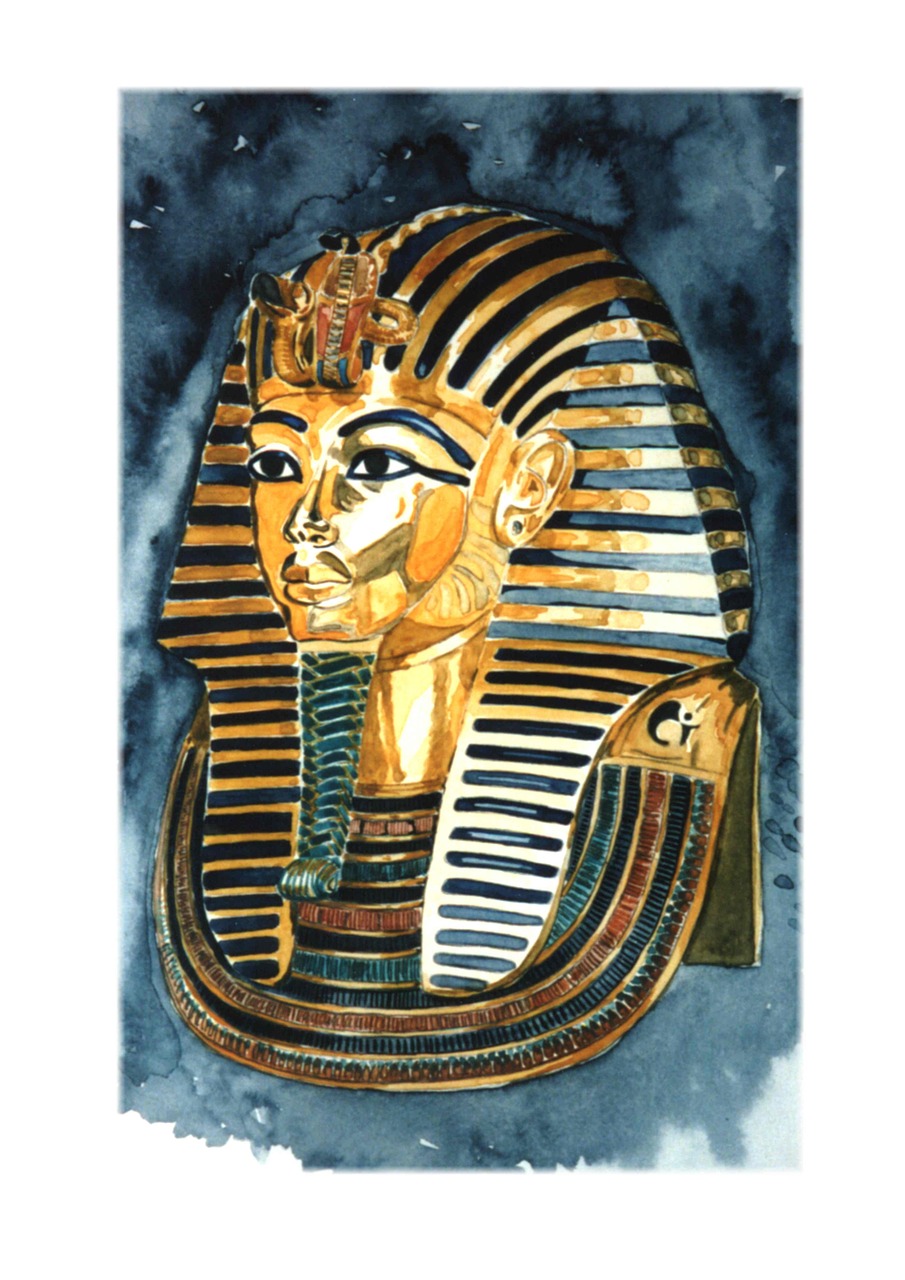
Amun, known through various names such as Amon or Amun-Ra, is a significant deity in ancient Egyptian mythology, recognized as the god of the sun and air. His veneration began in Thebes, emerging as a prominent divine figure around the onset of the New Kingdom (circa 1570-1069 BCE). Throughout this era, the Amun cult flourished…
-
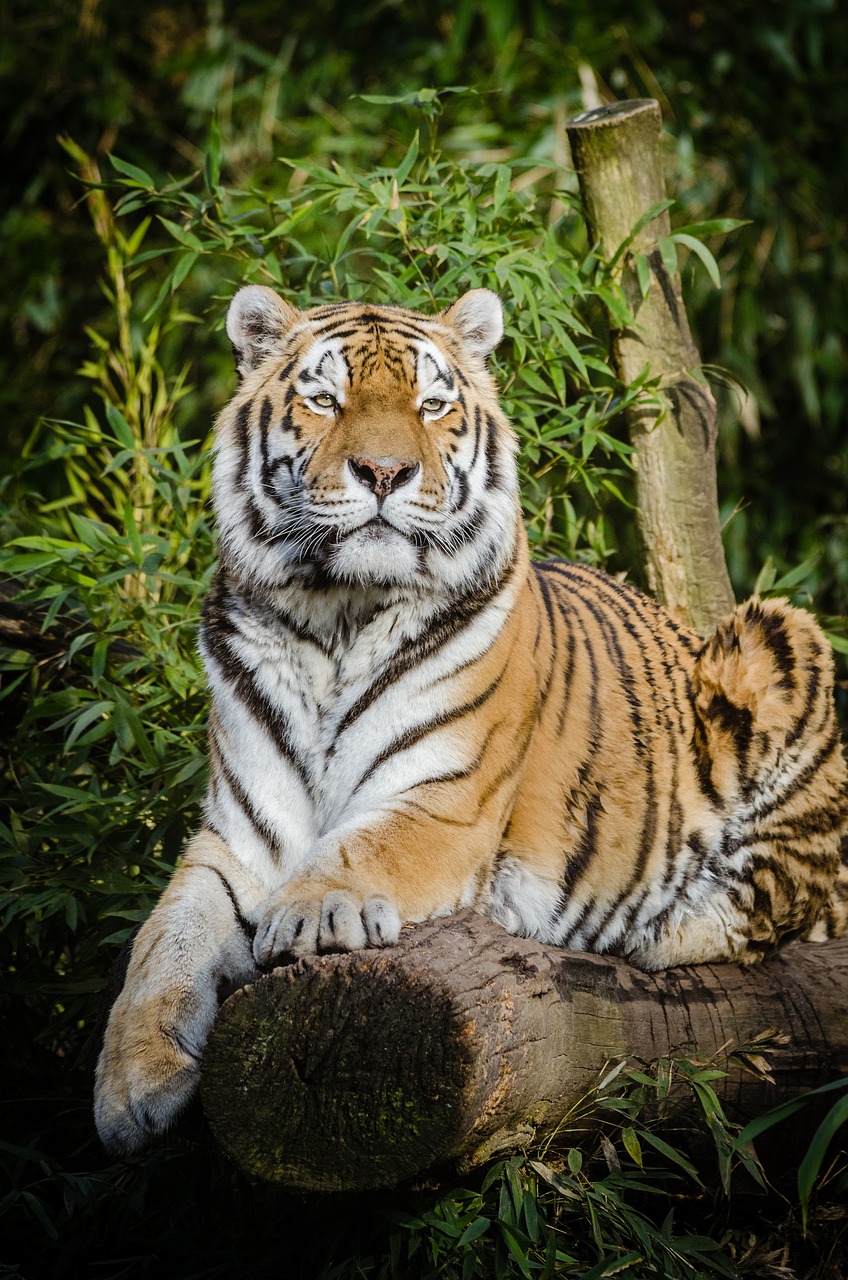
Tiger nuts, often confused with nuts due to their name, are actually tubers — the bulbous roots of a grass-like plant known as yellow nutsedge (Cyperus esculentus lativum). Commonly referred to as chufa nuts, these fascinating little tubers have historic roots, having been consumed for centuries, including being found in ancient Egyptian tombs for posthumous…
-
Serket: The Guardian Goddess of Ancient Egypt Serket, known variously as Serqet, Selkis, and Selket, is a revered goddess in ancient Egyptian mythology, symbolizing protection and intricately associated with scorpions. Her worship gained prominence in Lower Egypt during the Predynastic Period (circa 6000 – 3150 BCE), establishing her as one of Egypt’s ancient deities. Serket…
-

The ancient religion of Egypt refers to the indigenous beliefs held in ancient Egypt from the early predynastic era, approximately the 4th millennium BCE, until the gradual disappearance of these traditional practices in the first centuries CE. To gain a comprehensive understanding, one should consult the historical context of Egypt. Nature and Importance of Egyptian…
-

The Bennu Bird: Symbol of Creation and Renewal in Egyptian Mythology Overview The Bennu bird, a pivotal entity in Egyptian mythology, is often said to have had a central role in the act of creation itself. This avian figure is associated with the sun god Ra and embodies themes of rebirth and creation. Its emergence…
-
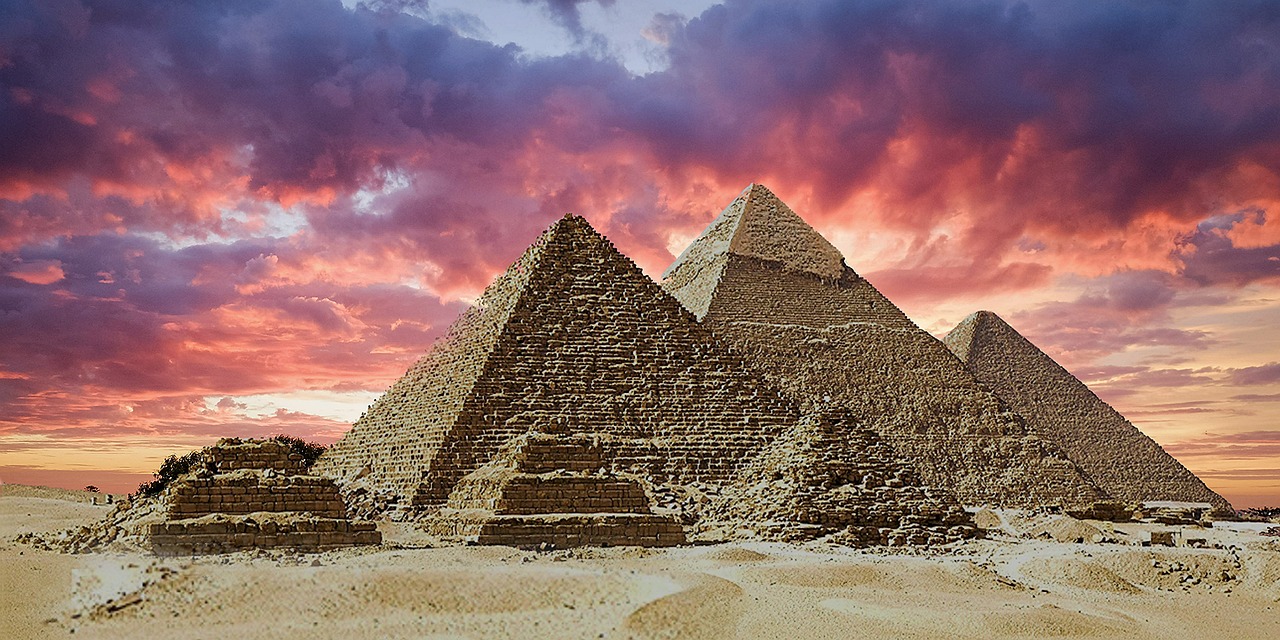
Ancient Egyptian religion encompasses the indigenous spiritual practices and beliefs that evolved from the predynastic era (around the 4th millennium BCE) until the decline of traditional practices in the early centuries CE. For insights into historical contexts and specific timelines, refer to studies on the history of Egypt. Nature and Significance of Egyptian Religion In…


